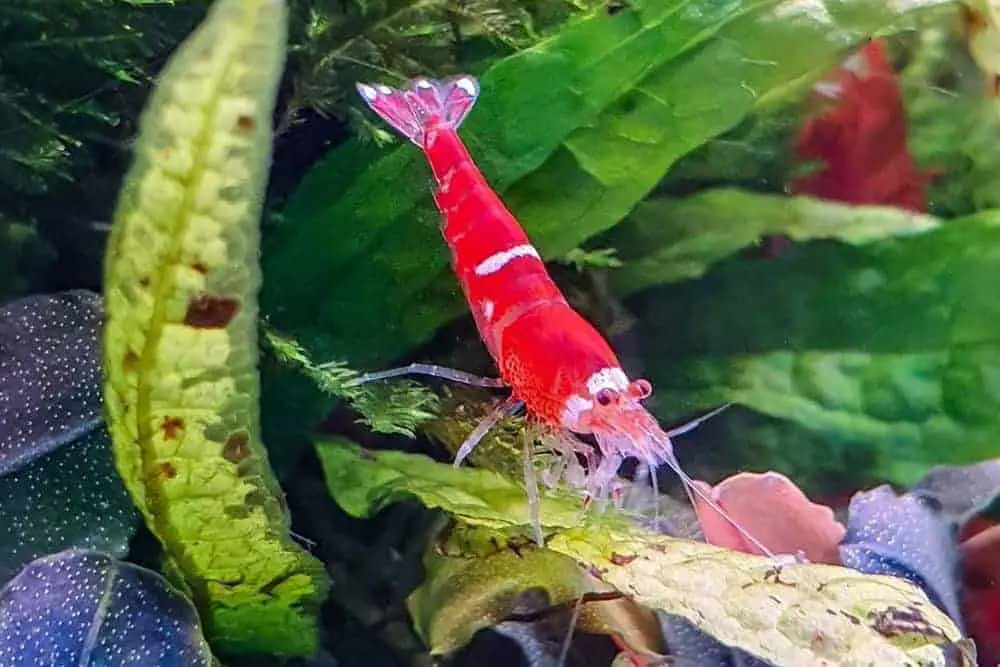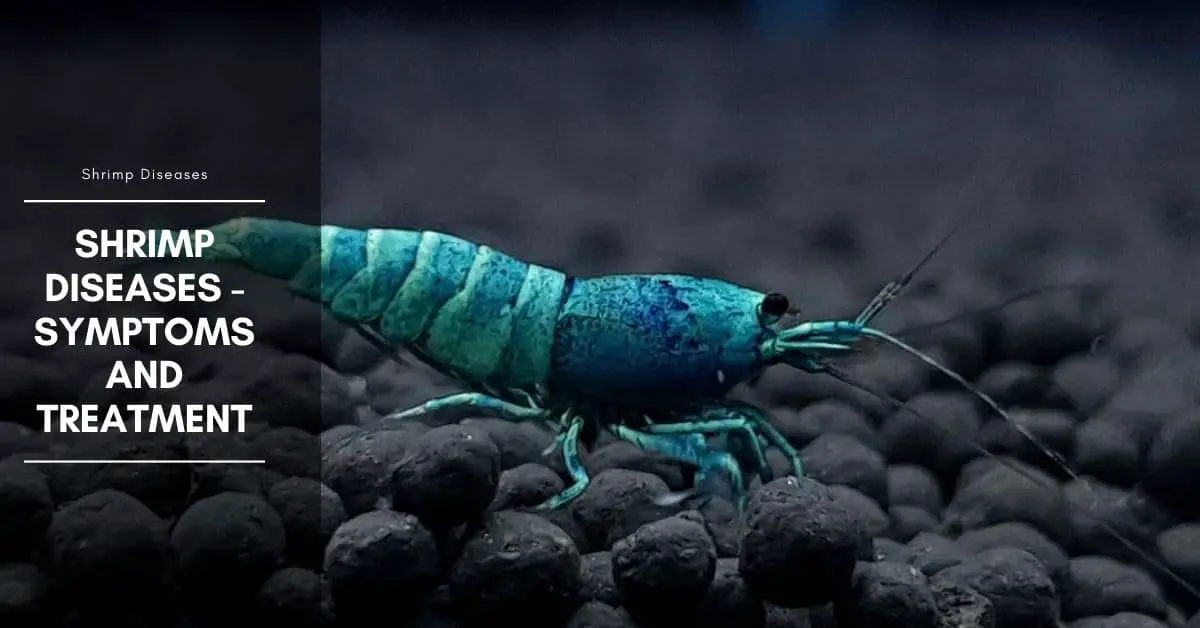Many beginners become frustrated when they saw their shrimps and other creatures sick. Many questions keep arising in their mind like: How should I diagnose the disease that my shrimp seems to have? And what causes it? How do I know what symptoms point to what disease? The following are some of the steps that you can take to cure your shrimps of common sickness.
Shrimp disease treatment
The first step towards your shrimp’s treatment is to get a quarantine tank. You don’t need a special tank for your quarantine and a tank large enough to handle the shrimps would work fine.
In the case of disease, it would be better that your tank would not contain gravel or under gravel filter so that you can easily clean it and sanitize when your quarantine is over. You have to provide enough oxygen and surface turbulence to your quarantine tank, so use a large airstone and mechanical filtration for your tank. A 10-gallon tank is suitable for the quarantine purpose that you can easily buy at a yard sale.
The next step for your shrimp sickness treatment is to buy a good shrimp keeping manual or a book having disease section or a book dedicated to the diagnosis and treatment of shrimps and other freshwater creatures. One of the great books for this purpose is – “Handbook of Fish Disease” by Dieter Utergasser.
Buy some common drugs from your nearest aquarist store in advance so that you can provide the necessary treatment to your shrimps without any delay. But remember not to buy some antibiotics too early since they have a short expiry period. You can buy some aquarium salt, Malachite Green, Clout, and Epsom salt if in advance to give better treatment to your freshwater aquarium shrimps.
Now that you have everything ready for the basic treatment of your shrimps, your next step is to understand some basic symptoms of sickness in your shrimps. The following are some of the symptoms that may be due to sickness in your shrimps.
API STRESS COAT Aquarium Water Conditioner 16-Ounce Bottle
Tetra AquaSafe Plus, 8.45 Ounces, aquarium Water Conditioner And Dechlorinator, Model Number: 46798162681
$10.19 (as of December 11, 2025 07:47 GMT +03:00 - More infoProduct prices and availability are accurate as of the date/time indicated and are subject to change. Any price and availability information displayed on [relevant Amazon Site(s), as applicable] at the time of purchase will apply to the purchase of this product.)API TAP WATER CONDITIONER Aquarium Water Conditioner 16-Ounce Bottle
$8.48 (as of December 11, 2025 07:47 GMT +03:00 - More infoProduct prices and availability are accurate as of the date/time indicated and are subject to change. Any price and availability information displayed on [relevant Amazon Site(s), as applicable] at the time of purchase will apply to the purchase of this product.)
Symptoms of diseases in shrimp
Clamped fins
If the fins of your freshwater creatures are clamped i.e. they are held towards the body and they are not swimming naturally, then this suggests that your shrimps may be suffering from sickness.
Flashing
When your fish scrap up against the decorations, then it may be signs of sickness. Monitor the behavior for a few days and if it persists, then give some medications.
Head and tail standing
If your fishes are swimming with the head or tail down.
Seems Lethargic
If your shrimps are showing no signs of energy and just laying down at one side of the tank.
Red sores
If red shores are appearing on the body of shrimps.
White spots
Check for any white spots around the body of shrimps.
Conclusion
Shrimp sickness treatment is not an easy process and you have to learn many skills through reading and analysis. You have to determine the sequence of symptoms involving a particular species of shrimp.
You can also note down any particular symptoms so that you can recognize them in the future. This way you can understand how to recognize sick shrimps from the healthy ones and you can easily treat them.
Now, there may be many reasons for sickness in your shrimps. Whenever you see your shrimps acting in a strange way, then your first step is to cross-check the water and temperature parameters. First of all check ammonia, nitrate, and nitrite levels and control them if they cross the permissible limit. Then, check the temperature and pH level.
You can do a 30-40% of partial water change if you want and see whether the shrimps are acting normal or not. If you still see any abnormalities in their behavior, then follow the steps discussed earlier in this section.

Hi, my name is Sean, and I’m the primary writer on the site. I’m blogging mostly about freshwater and saltwater aquariums, fish, invertebrates, and plants. I’m experienced in the fishkeeping hobby for many years. Over the years I have kept many tanks, and have recently begun getting more serious in wanting to become a professional aquarist. All my knowledge comes from experience and reading forums and a lot of informative sites. In pursuit of becoming a professional, I also want to inspire as many people as I can to pick up this hobby and keep the public interest growing.
Read more about Sean.
Please join also my Facebook group.




















